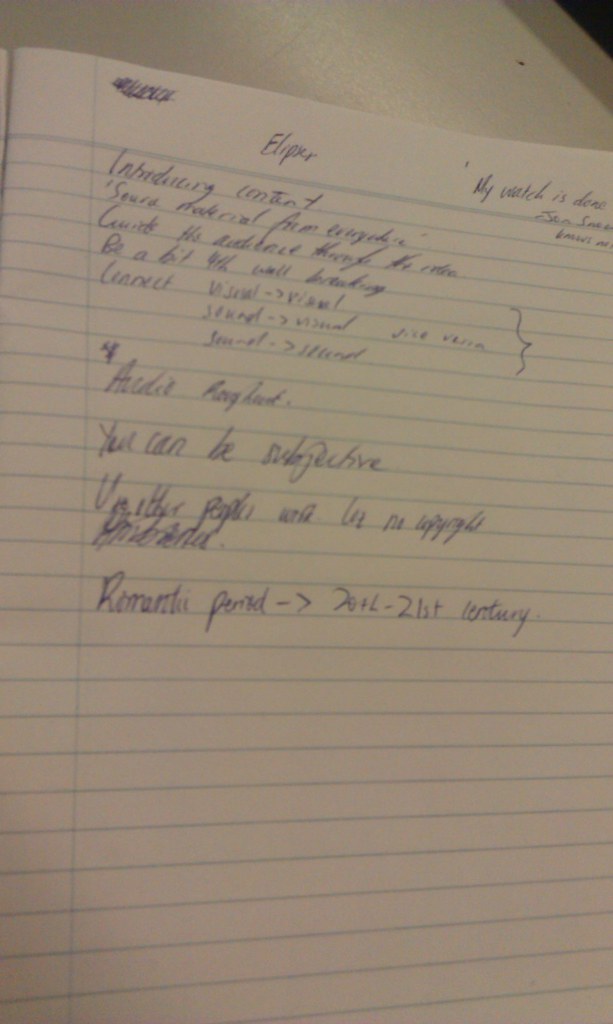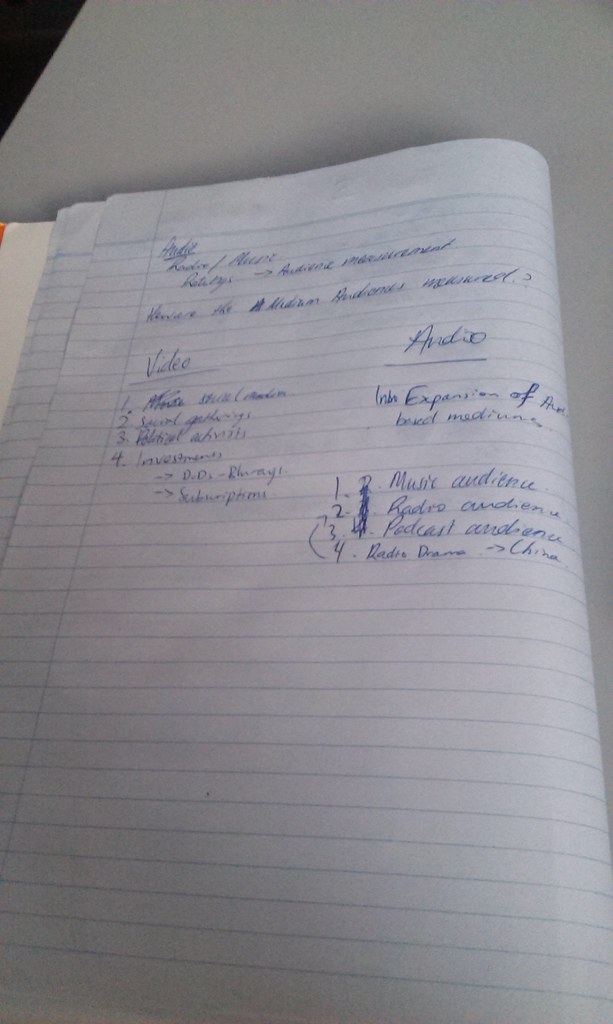Mediums in our day and age has expanded upon the static theatre mode of media. The technology that has evolved through recent times has given birth to many mediums. Especially with the internet, almost everything is readily available from your laptop, computer, tablet or anywhere with an internet connection. This has given birth to new mediums or to be given the availability of new mediums, such as foreign movies or TV shows, webisodes, web series etc.
Technologies has given birth to things like Netflix and has made a massive library of movies readily available at the click of a button at any time. There are many other programs like this with a subscription method that has access to a library of movies or TV shows such as Crunchyroll, Stan or Presto etc. The internet is the sole reason for this.




